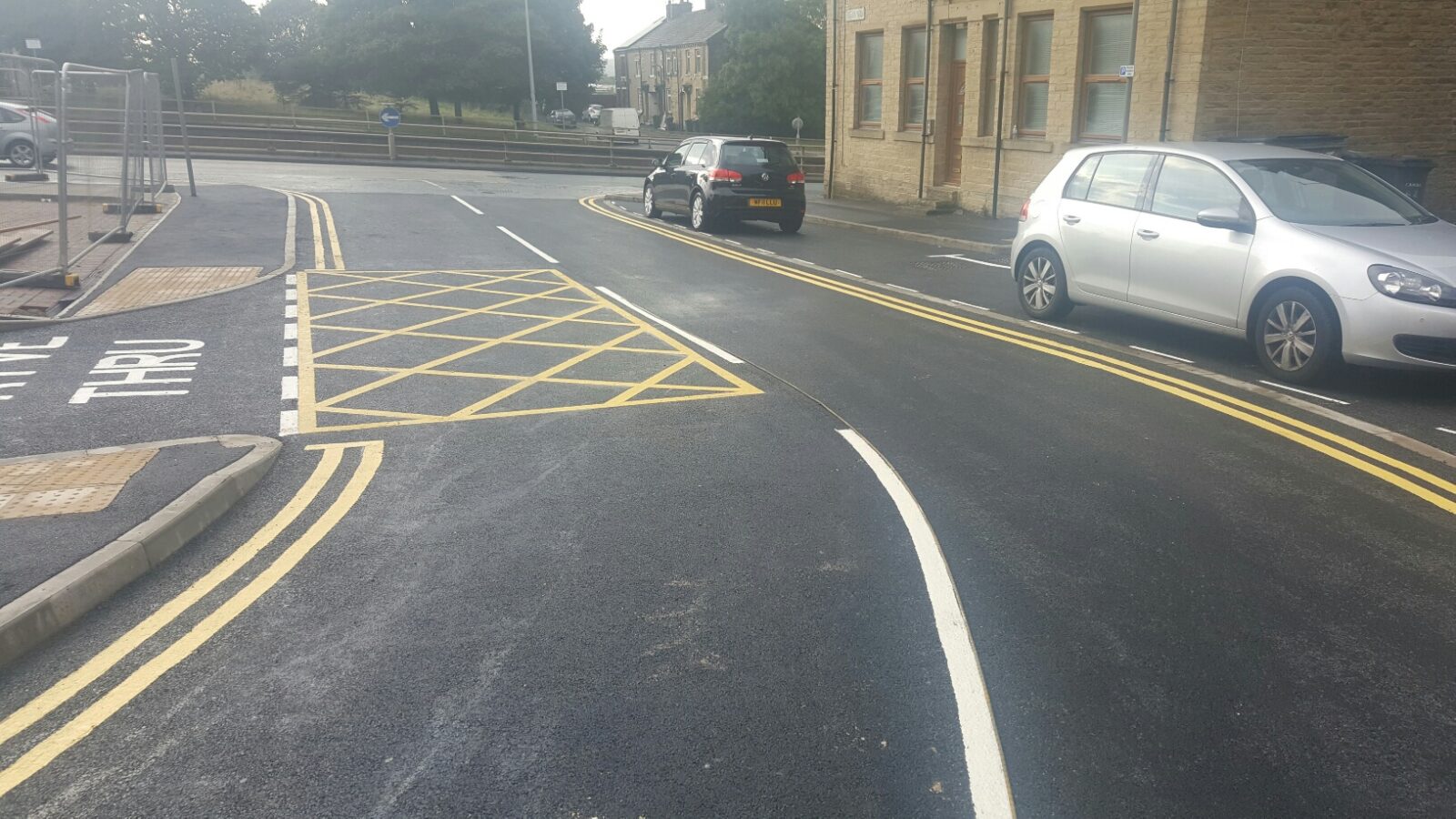If you’re considering installing a drop kerb Sheffield, it’s essential to understand the process, regulations, and requirements involved. A drop kerb, also known as a dropped kerb, allows vehicles to access driveways and parking areas more easily, benefiting both property owners and pedestrians. Here’s what you need to know before applying.
Reasons to Install a Drop Kerb
- Enhanced Accessibility: Provides easier access for vehicles and improves mobility for pedestrians.
- Safety: Reduces the risk of accidents by clearly delineating vehicle crossing points.
- Convenience: Makes parking and loading/unloading more efficient.
Understanding Local Regulations
1. Planning Permission
In Sheffield, you typically need to apply for planning permission before installing a drop kerb. This is crucial for ensuring compliance with local safety and design standards.
2. Eligibility Criteria
Before applying, consider the following:
- Property Location: Proximity to junctions or busy roads may affect eligibility.
- Existing Infrastructure: Assess any potential obstacles, such as street furniture or utility lines, that might complicate the installation.
Application Process
1. Gather Required Documentation
Your application should include:
- Application Form: Obtain from the Sheffield City Council’s website or local offices.
- Site Plans: Include detailed drawings showing the proposed drop kerb location, dimensions, and any existing features.
- Photographs: Provide images of the current site to aid in the assessment.
2. Write a Supporting Statement
A brief statement explaining the need for the drop kerb can be beneficial. Highlight advantages like improved accessibility and safety for all users.
3. Submit Your Application
Once your documentation is complete, submit your application along with the required fee, which typically ranges from £100 to £200. This can often be done online through the Sheffield City Council’s planning portal.
What to Expect After Submission
1. Review Period
After submitting your application, the council will review it, which may take several weeks. They may conduct a site visit to assess your proposal and consult with relevant departments.
2. Potential Objections
Be prepared to address any objections or concerns raised during the review process. This might involve clarifying details or making adjustments to your plans.
3. Decision Notification
Once a decision is made, you’ll receive a notification. If approved, you’ll get guidelines on how to proceed. If denied, you’ll receive reasons for the refusal, and you may have the option to revise and resubmit your application.
Choosing a Qualified Contractor
Once you receive approval, it’s crucial to hire a contractor experienced in drop kerb installations. Ensure they understand local regulations and can execute the work to the necessary standards.
Maintenance and Compliance
After installation, regular maintenance is essential to keep the drop kerb in good condition. You may also need to inform the council about any significant changes or repairs.
Conclusion
Installing a drop kerb in Sheffield can improve access and safety for your property, but it’s essential to navigate the application process carefully. By understanding local regulations, preparing thorough documentation, and working with qualified professionals, you can ensure a smooth installation. Always keep communication open with Sheffield City Council for any clarifications needed throughout the process.
